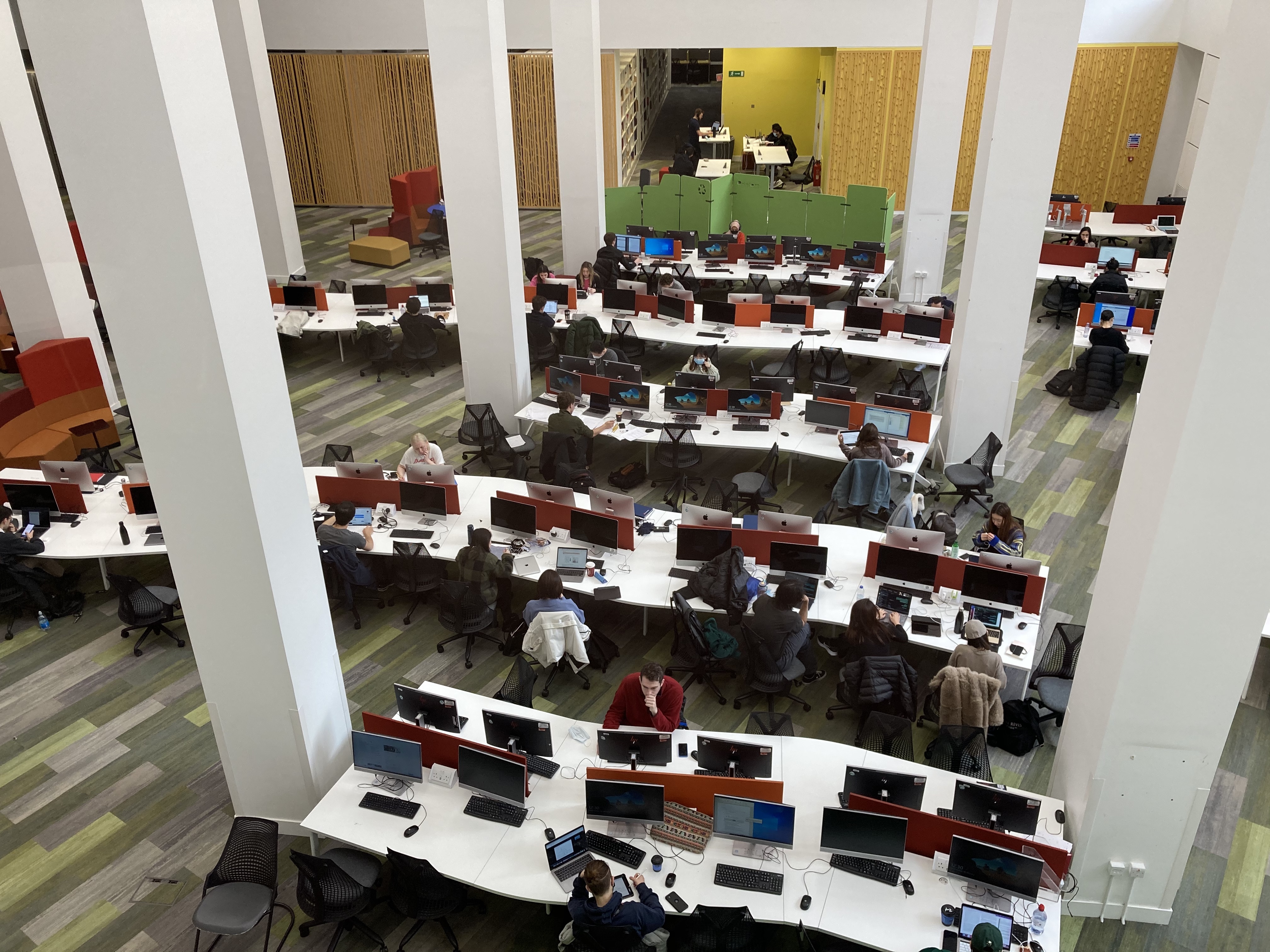Welcome to the official ranking of study techniques as per Student Ambassador Liz Ma, MSc Marketing – from pomodoro and cramming to British style ‘tea breaks’. Read on to find out which study technique is best.
Official Ranking of Study Techniques
As you can imagine, being a student at LSE comes with its fair share of studying. Whether it is reviewing class notes, working on projects, or cramming for exams, there is always something to do!
Luckily, my years of studying experience have culminated in the following extremely official ranking of study techniques (according to me).
6. Cramming at the Last Minute
Let’s be honest—we’ve all been there. Despite my current preference for getting things ready in advance, that hasn’t always been the case. Approximately 9 years ago, my middle school career involved many skipped lunches in favour of sitting at the library and typing furiously for the next class.
Pros:
This method allows you to complete work quickly and efficiently—after you actually begin, of course.
Cons:
You will spend all of the ‘saved’ time beforehand worrying about the work anyway.
Rating: ☆☆☆☆☆
5. ‘Tea Break’
This technique entails claiming you’re about to continue working…as soon as you make yourself another cup of tea. The method is simple: one teabag, two sugars, and a steeping time of anywhere from 4 minutes to 1 hour, completely abandoning the tea in favour of endless chatting, phone scrolling, or wall-staring.
Having spent my university years in London, I’ve found that tea has many meanings: a warming drink, catching up with flatmates, or even an expression of love. Just be wary of the neverending tea break!
Pros:
A successful tea break yields fuel for studying.
Cons:
There is a very real danger of turning the tea break into a tea hour.
Rating: ★☆☆☆☆
4. Studying at the Library
This method is popular amongst students due to the convenient location, abundance of seats, and the fun spiral staircase of the LSE library. Besides, the library is a great place to get away from the hustle and bustle of the city to concentrate in peace.
Pros:
It’s a great way to focus on work in a calm and beautiful place. You can also access campus wifi, computers, and even get IT help!
Cons:
If you like to work with a mug of tea and an abundance of snacks, you might get more done in the comfort of your home.
Rating: ★★☆☆☆
3. Group Study
Studying in groups is a great way to keep up with class material. One of the perks of attending LSE is the knowledgeable and capable student cohort surrounding you. You’d be surprised at how much you can learn from each other! In fact, one of our own MSc Marketing student ambassadors—Nishtha—swears by group studying.
Pros:
Your cohort at LSE is a very valuable learning resource. You can always learn something new from discussing class material with your peers.
Cons:
It’s an incredibly easy way to spend a few hours chatting or worse…getting hungry and going out for food!
Rating: ★★☆☆☆
2. Time-Structured Studying: The Pomodoro Technique and Time-Blocking
The Pomodoro technique got its name from the Italian word for tomato, due to tomato-shaped kitchen timers. It involves working in blocks of time—comprised of 4 work sessions with short breaks in between—separated by longer breaks. Each work session and break is timed to the second, with no interruptions permitted.
Time-blocking instead takes the strategy of planning out each day by blocks of time dedicated to tasks—including breaks, meals, or even social media time. Planning for breaks allows studying time to be spent efficiently.
Pros:
Time-structured studying techniques can be very efficient ways to get work done, if it fits into your lifestyle and personality.
Cons:
These techniques are very rigid, and you can easily get thrown off track and decide to ‘give up’ on the day. For them to work, you actually have to follow the schedule/time intervals that you have set up. Furthermore, time-blocking in particular requires a good knowledge of how long each task will take.
Rating: ★★★☆☆
1. Early-Bird
Throughout most of my academic career, I have been a certified night owl. However, as time passes, this has begun to take a bigger toll on my health—I simply don’t recover as well from sleepless nights anymore! To tackle this problem, I have begun the slow-but-painful process of trying to become an early bird. However, I must admit (as I type this at 1:22am) that I have not yet been able to consistently reach this goal. Nevertheless, I can only hope that it will get easier as I keep working hard at it!
Pros:
London at 6am is calm and peaceful, whether you stay up late or wake up early. However, the difference in your health is palpable and you can still take advantage of your productive and efficient hours.
Cons:
It requires great strength of will, especially when adjusting from a night-owl lifestyle. It’s also less flexible, say goodbye to late night Netflix!
Rating: ★★★★★
Learn more about our MSc Marketing programme










